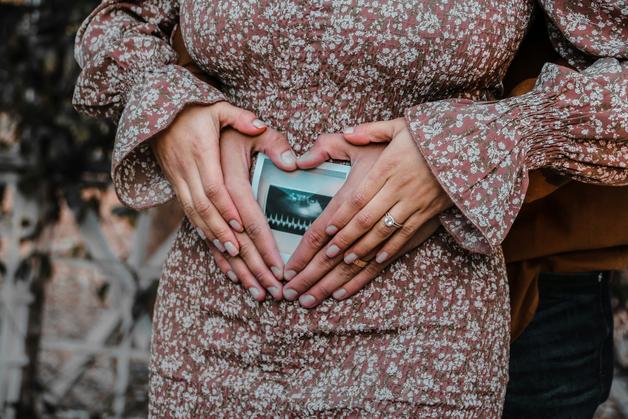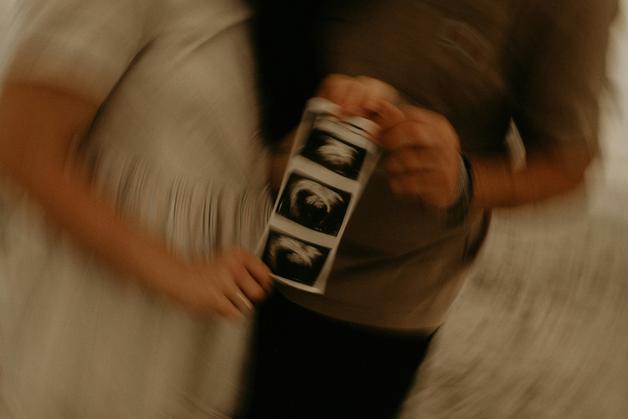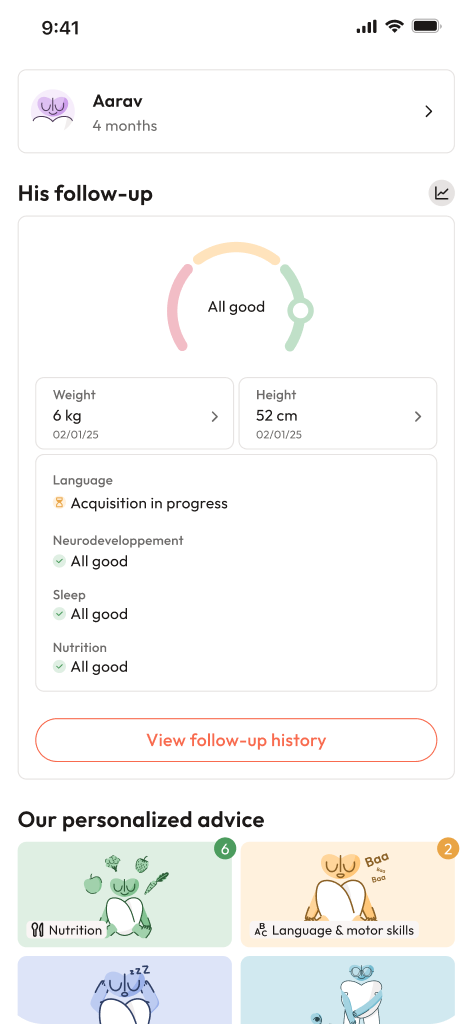Curiosity, anticipation, maybe even a touch of worry—there are so many emotions that take up residence when those first questions arise. Is this unusual tiredness just a busy week, or could it signal something bigger? What about that light pink spotting or sudden burst of nausea early in the morning? For parents, understanding the early signs of pregnancy is a dance between hope, science, and self-listening. Sometimes, it feels like your own body is speaking in a new language—where fatigue, heightened senses, and a calendar-watching habit weave into daily life. Unpacking these signals and their timing can make a world of difference, whether planning, preparing, or simply wondering “what’s next?” Here you will find clarity on early pregnancy symptoms, practical steps for home and clinic testing, guidance for cases like IVF or irregular cycles, and reassurance for those moments when things don’t quite fit the script. Questions of “when,” “what if,” and “what now?” will come up—together, let’s explore credible answers.
Recognising the early signs of pregnancy
You may be surprised how quickly your body responds after conception. Hormonal traffic—especially from progesterone, estrogen, and the famous hCG—starts whirling almost immediately, preparing for this new chapter. But while the science is intricate, the first clues are often everyday sensations.
What are the early signs of pregnancy?
- Missed period: The calendar’s quiet announcement, especially for those with regular cycles. For many, it’s the clearest invitation to consider a test.
- Breast changes: Softness, a full or tingling ache, sometimes accompanied by darkening of the areola, or even more defined veins as blood flow surges.
- Nausea and vomiting: The notorious “morning sickness” can strike any time, day or night. Typically, it emerges between two to six weeks after conception, but when exactly? Bodies are individual, and no rule is absolute.
- Fatigue: Suddenly, even simple chores seem monumental. Progesterone slows everything, creating a bone-deep tiredness that resists coffee or extra sleep.
- Frequent urination: The urge to run to the loo, especially at night, might catch you off guard.
- Food aversions or new cravings: Something you once loved now repulses, or a previously ignored fruit becomes irresistible.
- Mood swings: Unexplained emotional waves can hit—crying at an advert, then laughing moments later.
- Mild cramps and light spotting: Gentle twinges low in the pelvis or fleeting traces of pink or brown on toilet tissue around 6-12 days after conception often signal implantation.
- Heightened senses: Scents that never bothered you might suddenly seem overwhelming. Similarly, a metallic taste or unexpected dizziness might appear.
What makes these signs tricky is they love to disguise themselves as premenstrual symptoms. Not every person ticks every box—sometimes, the wait for a missed period feels like the longest part.
When to test: practical timing and approaches
- Home urine tests: For most, the optimal moment is after a missed period (usually around 12–14 days after ovulation). Testing earlier, especially before implantation completes, risks a false negative. First-morning urine, concentrated after hours without fluids, often gives a clearer result.
- Serum (blood) hCG tests: If clarity can’t wait, clinics can measure even slight rises in hCG in the bloodstream roughly 7–12 days post ovulation. Especially valuable for parents undertaking IVF or with irregular cycles.
A faint positive can send the heart leaping—don’t hesitate to retest after 48–72 hours. Your clinician may recommend a quantitative blood test for precise tracking, especially when context or previous history suggests extra care.
Micro-case: A parent notices DPO 8 light spotting, waits, skips their period on DPO 14, then a home test glows with a faint positive—time for a chat with their clinician.
Timeline: what happens, and when?
Ovulation—a mature egg slips free, ready for its adventure. Sperm meet egg, fertilisation happens, and then the embryo journeys down the fallopian tube. Implantation, the delicate embedding into the uterine wall, usually unfolds between 6 and 12 days post-ovulation. That’s when hCG, rising rapidly, begins making its presence known—sometimes showing up in the blood just before a home urine test can spot it.
Gestational timing explainer for parents: at 3–6 weeks (counted from your last menstrual period), fatigue, breast soreness, vivid smells, and light spotting may be your earliest internal signals—even as some have no symptoms yet. Each cycle, every body, responds a little differently.
Why symptoms differ: hormonal insight for parents
Let’s peek behind the curtain:
- hCG (human chorionic gonadotropin) ramps up after implantation. Detectable in blood within days, it turns tests positive and may prompt the first nausea.
- Progesterone calms the uterus, thickens its lining, and creates sleepiness and breast changes—sometimes a little extra weepiness or emotional rollercoaster as well.
- Estrogen increases uterine blood flow, stirs up congestion, and may amplify nausea or visible breast veins.
Here, “normal” lives on a spectrum. Some parents breeze through with little more than a yawn, while others tick the whole list.
Comparing symptoms: early pregnancy or something else?
Here’s a quick chart for the curious:
- Implantation bleeding vs period: Light, pink or brown spotting around 6–10 days post-ovulation points to implantation, not a full menstrual bleed (which is heavier, often red, with possible clots).
- Pregnancy cramps: Gentle, short-lived, and not usually accompanied by heavy flow. Period cramps feel stronger and last longer, sometimes radiating down the legs.
- BBT (Basal Body Temperature): A sustained temperature rise after ovulation can suggest pregnancy—though one-day drops (“implantation dips”) alone shouldn’t be over-interpreted.
- Cycle tracking: For irregular cycles, keeping tabs on ovulation, cervical mucus, BBT, and clear DPO notes is invaluable.
What to do after a positive or negative test result
- Positive home test: Faint line or clear, it’s time to plan your next steps. Consider confirming with a blood test, especially if the line is light or you used an early result test. Note the date and details—clinicians will ask.
- Negative test but still suspicious: Wait 3–7 days and test again using first-morning urine. If symptoms persist or you simply feel “different,” seek clinical advice. A true negative combined with a period often signals not pregnant, but cycles and bodies do surprise.
Managing symptoms, doubts, and emotions
Relief, anxiety, excitement, fear—it’s all normal. Try to track one clear detail—like DPO or test date. Take small steps if it feels overwhelming. Share feelings with a trusted partner, parent, or friend. If anxiety spirals, clinicians and counselors offer confidential support.
Parent tip: Try short naps for fatigue, ginger or vitamin B6 (after checking with your practitioner) for nausea, and supportive bras/heat packs for breast tenderness. Rest, hydration, and self-kindness go far.
Medical warning signs: when to see a clinician
- Heavy bleeding: Soaking through pads quickly, passing large clots—these deserve urgent evaluation.
- Severe pain: Especially if one-sided, with fainting, high fever, or shoulder-tip pain.
- Unrelenting vomiting, breathlessness, severe headache, confusion or jaundice: These require medical review.
Keep details like DPO, test dates, any medications, and the amount/type of bleeding ready for your clinician—they make diagnosis swifter and safer.
Medical disclaimer: This information is educational and not a substitute for personalised medical advice. Always contact your clinician for testing and urgent care if concerned.
Navigating special situations: IVF, irregular cycles, and contraception concerns
- IVF and assisted reproduction: There’s a separate timetable—clinics will specify exactly when to test and how. Stick closely to those instructions.
- Irregular cycles or PCOS: Tracking ovulation (using LH kits, cervical mucus, or BBT) is more insightful than relying on calendar dates. A serum hCG test after a missed or unusually late period can clarify suspicions much sooner.
- Recent contraception: Cycles can take months to regularise after stopping birth control. Use ovulation and symptom tracking, or consult your clinician for tests at the right moment.
- Emergency contraception: If you worry about contraceptive failure, a blood test can settle concerns sooner and avoid confusion from irregular bleeding.
Key Takeaways
- Early signs of pregnancy such as missed periods, breast tenderness, nausea, fatigue, and mood swings are common but can mimic other conditions.
- Tracking details—DPO, BBT, symptoms—gives more clarity than focusing on one symptom alone.
- Home tests are most reliable after a missed period; blood tests offer earlier detection in some situations.
- Severe pain or heavy bleeding always need urgent clinical review.
- Emotional responses are valid—gentle support, tracking, and professional guidance help smooth the journey.
- For continued support and free personalised health advice, you can download the application Heloa for guidance and easy-to-use health questionnaires tailored for children.
Questions Parents Ask
How soon after unprotected sex can you take a home pregnancy test, and how reliable is it?
Timing depends on ovulation. Fertilisation happens after ovulation, implantation usually follows in 6–12 days, and most home urine tests get reliable only once you reach your expected period day—around 12–14 days post-ovulation for most cycles. Early testing risks missing faint hCG. First-morning urine is best. If you need to know even sooner, a blood (quantitative hCG) test at a clinic can sometimes offer earlier results. Uncertain about ovulation? Waiting until a missed period or retesting 48–72 hours later gives far clearer answers. Reaching out to a clinician is always an option, especially if anxiety makes waiting difficult.
Can medications, stress, or health conditions cause symptoms that look like early pregnancy?
Absolutely. Things like hormonal contraceptives, fertility medicines, thyroid issues, anemia, antidepressants, infections, and significant stress or lifestyle changes can create similar symptoms—fatigue, cycle delays, breast soreness, nausea, and mood shifts. This is why confirmation with testing matters. Ongoing or worsening symptoms even after a negative test? It’s best to review medications and seek health checks with your doctor.
How should I talk to a teen or partner about possible pregnancy signs and testing?
Choose a safe, private setting. Speak gently, using simple statements such as, “I’ve noticed these changes and I feel concerned—shall we talk about testing?” Offer choices—take a home test together, call a healthcare professional, or arrange confidential support for teens. Listen to their feelings, honour their choices, and give support, such as arranging a clinic visit or calling a healthcare line. For legal or privacy worries, seek trusted advice from local health services about what comes next.

Further reading :









